A few years ago, the popularity of wheatgrass sparked much debate about whether humans can eat grass. Initially, this idea was difficult to digest. That is until I realized we have been doing so for years. Corn anyone?
In fact, human beings can eat several varieties of grass and its products. However, for the most part, we lack the digestive enzymes required to break down the plant’s rigid fibrous structure.
As a result, while most grass varieties are edible, they may not necessarily be desirable or nutritious to us in their original forms. In other words, don’t try to eat your lawn, but read on for some examples of grasses you can eat instead.
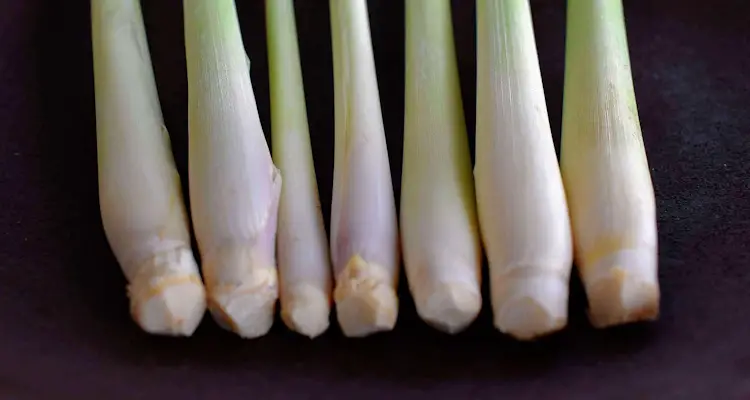
That said, in this guide, you will learn:
- What Is Grass?
- Does Grass Have Nutritional Value?
- Why Humans Can’t Eat Most Grass
- 7 Examples Of Grasses That Humans Can Eat
Note: You can use the links above to jump to the section that interests you or continue reading to get the complete picture. Let's get started.
What Is Grass?
Grasses are flowering plants belonging to the Poaceae family, which covers about 20% of the earth. This includes members such as rice, wheat, maize, and sugarcane, which account for about 80% of the food processed on earth.
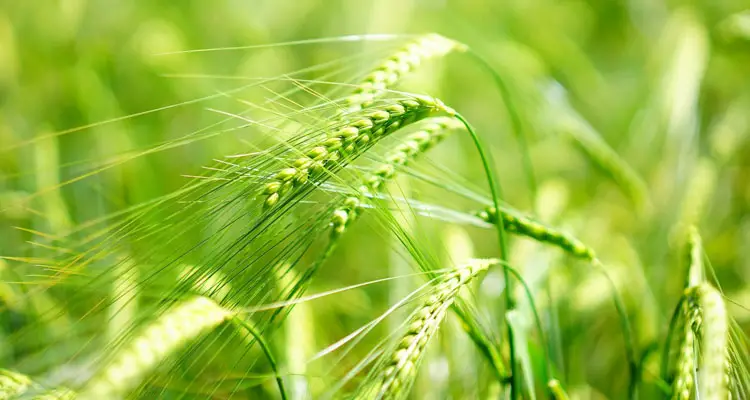
So it is no surprise that most grasses are non-toxic and can be consumed by humans. However, only a handful have been domesticated to meet our taste and nutritional needs.
Nevertheless, most people think of grass as the plants covering their lawns. As a result, the idea of “eating grass” may come across as ridiculous or even disgusting. Yet still, we enjoy sinking our teeth into a juicy stalk of sugarcane.
Does Grass Have Nutritional Value?
Grasses, including those found on lawns, have significant nutritional value. Unfortunately, human beings cannot digest them easily. As a result, they have little to no nutritional benefit to us.
Nevertheless, this does not change the fact that grasses are high in protein, fiber, carbohydrates, and several trace minerals, including iron, calcium, zinc, phosphorus, and magnesium.
These nutrition facts are often quoted on boxes of cereals, rice, and other foods derived from the processing of grass products. Most of the products are highly refined, having some fiber and other substances removed to avoid indigestion or more severe reactions.
Why Humans Can’t Eat Most Grasses (In Their Raw State)
The human body does not have the mechanical or biological features necessary to efficiently extract nutrients from most grasses. As a result, we first need to process these fibers, kernels, grains, and leaves before consuming them.
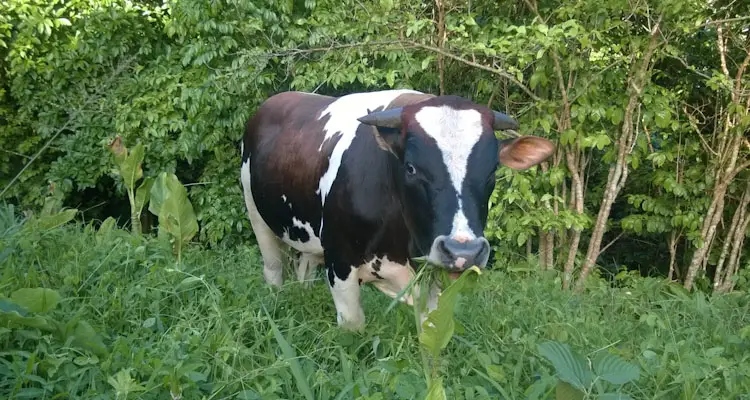
For example, animals such as cows can digest grasses through rumination. This effectively breaks down harsh substances, such as lignin and others, through repeated mechanical and biological processes.
On the other hand, human beings have neither teeth that regrow, multiple stomachs, nor the necessary enzymes to digest the inhibitive substances present in grass. As a result, while most grasses are edible, they offer little nutritional benefits to humans in their unrefined states.
7 Examples Of Grasses That Humans Can Eat
Believe it or not, humans have been eating different types of grasses for thousands of years. However, these are not the typical “lawn grass” but plants cultivated for specific products, e.g., shoots, tubers, juice, kernels, grains, and even young leaves. With this in mind, here is an example of 7 types of grass humans can eat.
1. Sugar Cane
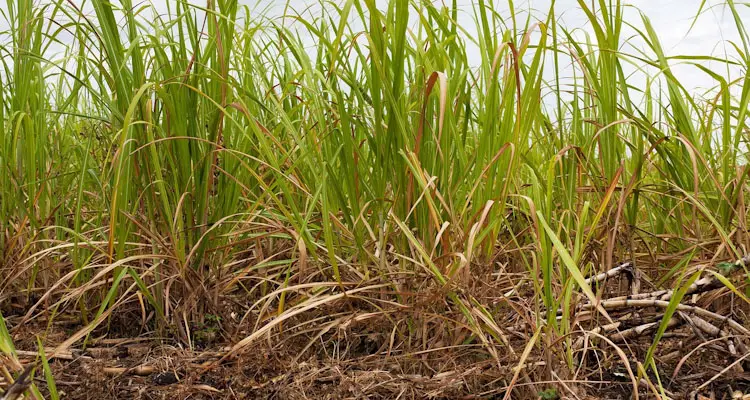
Sugar cane is one of the most popular grasses, grown primarily for its sweet juice. This juice can be extracted and drunk raw or processed into several products, including sugar, molasses, and alcohol. However, the fibrous stalk should not be eaten.
2. Corn
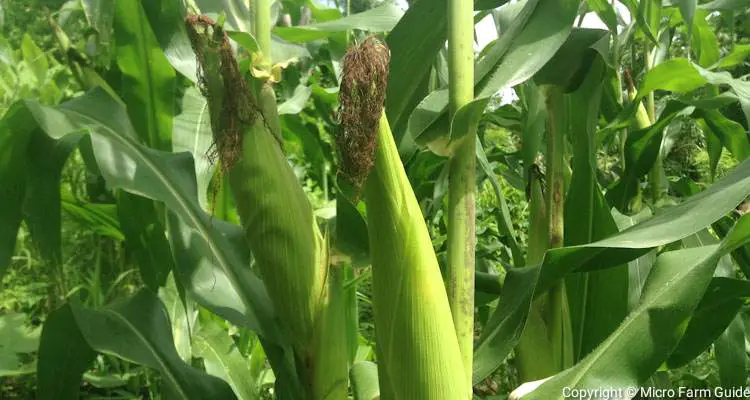
Corn is another widespread plant, which is seldom seen as grass. It is grown for its seeds, which can be eaten raw, cooked, or processed into flour, oils, and sugar additives.
3. Lemongrass
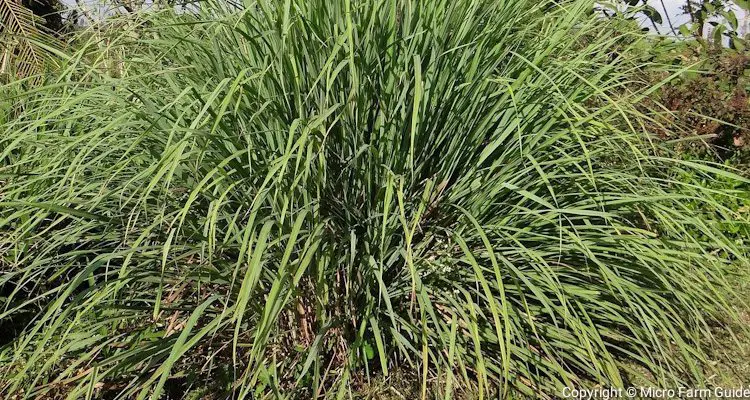
Lemongrass is a popular herb used in Thai and Vietnamese recipes. It is considered a flavoring for food and beverages. However, it can be cut thinly, eaten raw, or used as a seasoning.
4. Rice
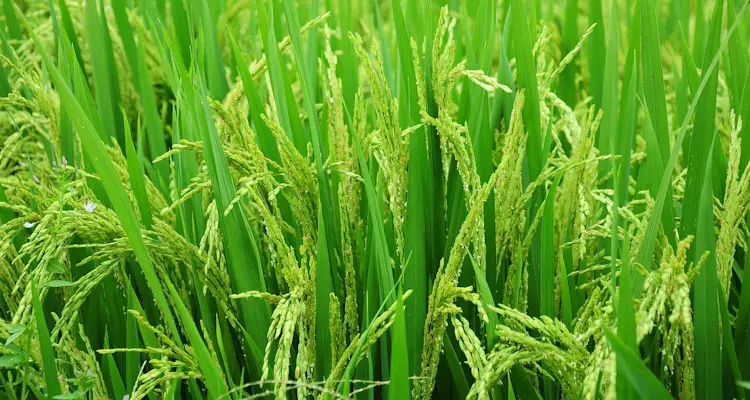
Rice has been grown in several countries for thousands of years. With some organizations estimating between 40,000 and 120,000 varieties. It is primarily grown for its grain, obtained after removing the kernel.
5. Sorghum
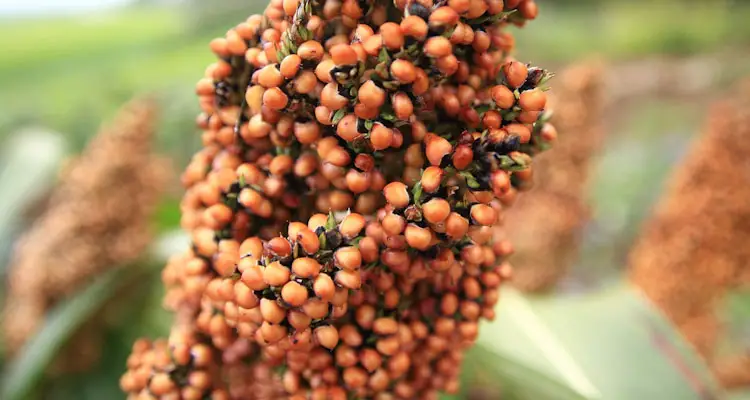
Sorghum is yet another grass grown primarily for its grain, which is gluten-free, making it easier to digest than wheat-based products. Additionally, the stalks of some varieties, such as Amish Sorghum, can be juiced and processed into syrup, molasses, or even alcohol.
6. Bamboo
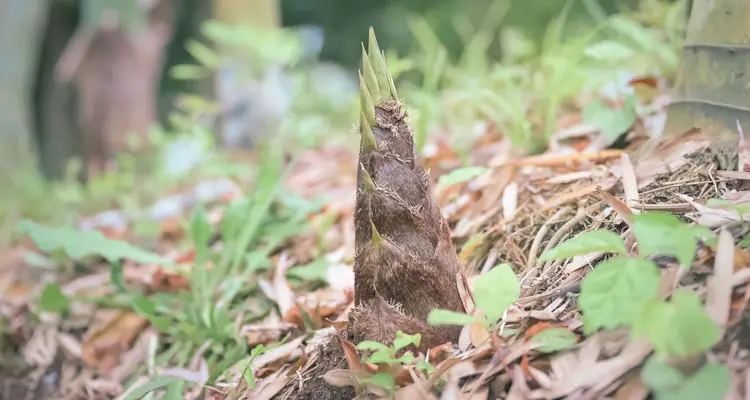
Bamboo shoots are considered a staple in several oriental cultures. However, it requires some knowledge and skill to harvest and process the inner core to remove possible toxins.
7. Wheatgrass
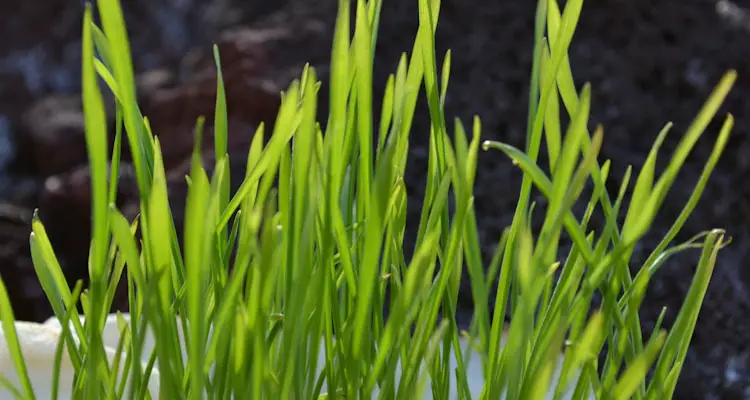
Wheatgrass gained recognition several years ago for its possible medicinal benefits and ease of use. Typically, wheatgrass juice is obtained from pressing freshly harvested sprouts. It is said to be rich in various minerals but lacks conclusive scientific confirmation.
Final Thoughts
Humans can eat several varieties of grass and its products but cannot digest the plant’s highly fibrous parts.
Nevertheless, it is essential to realize that we have been consuming grasses in one form or another for thousands of years.
As a result, we have employed several methods, such as cooking, juicing, milling, and dehusking, to extract or convert the plant into a form we can use.
References
1. Live Science. Why Can’t Humans Eat Grass? livescience.com. Accessed December 2022
2. New World Encyclopedia. Grass. newworldencyclopedia.org. Accessed December 2022
3. Buena Vista University. Family Poaceae (Gramineae) – The Grass Family. web.bvu.edu. Accessed December 2022
4. Michigan State University. Grasses and seeds can be nutritious! canr.msu.edu. Accessed December 2022
5. Journal Of Range Management. Lignin And Fiber Digestion. [PDF] Accessed December 2022
